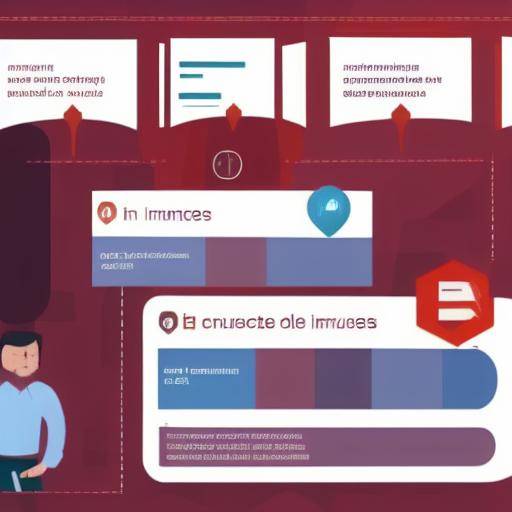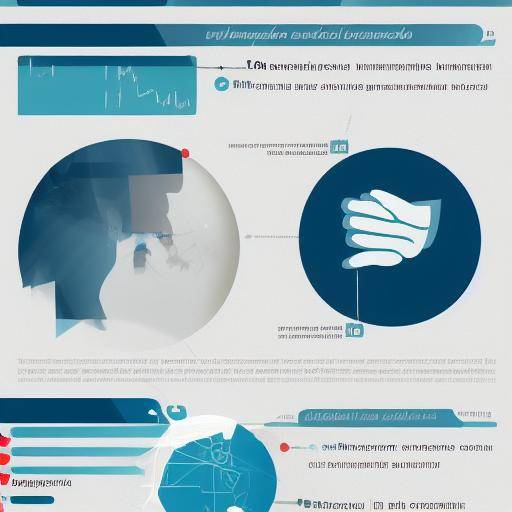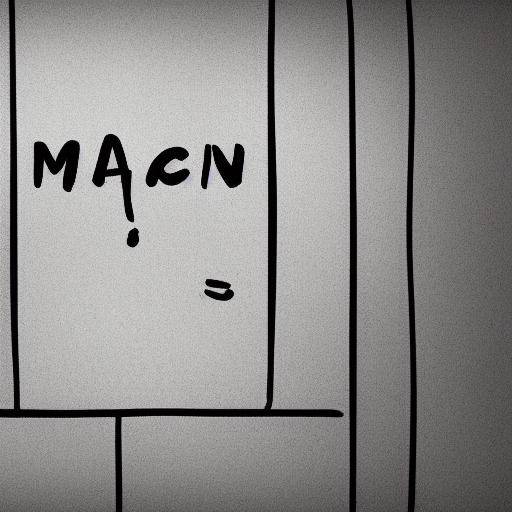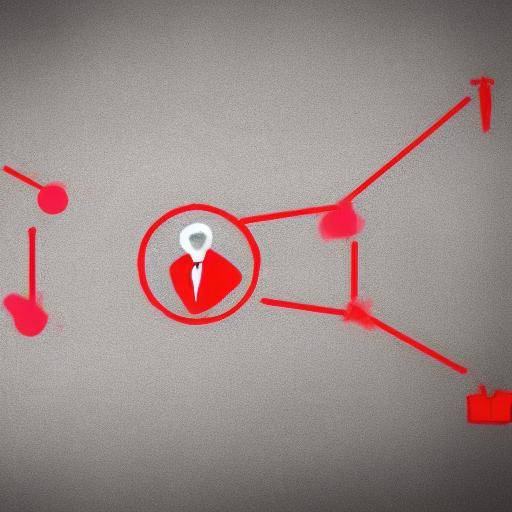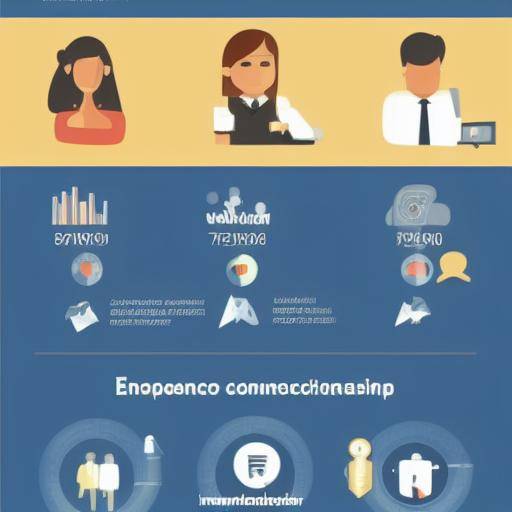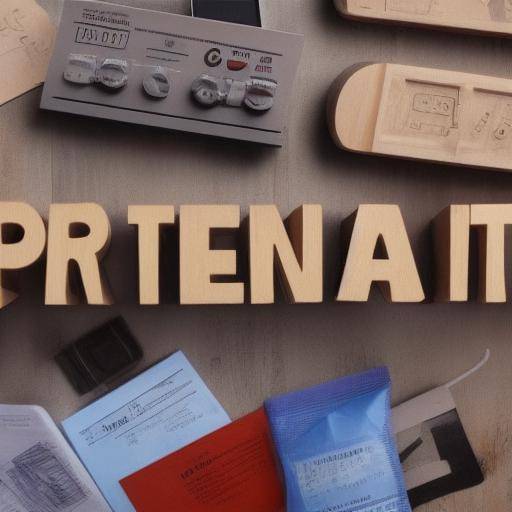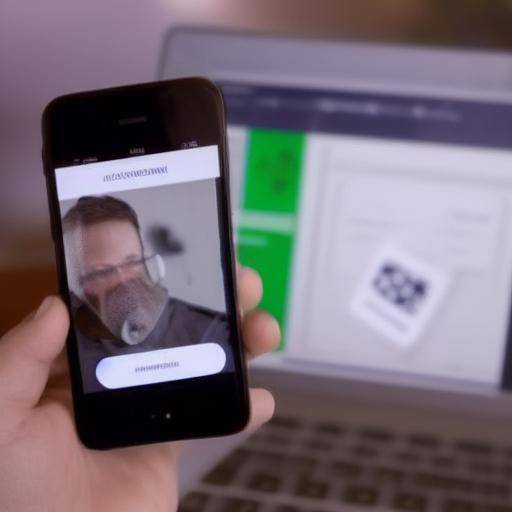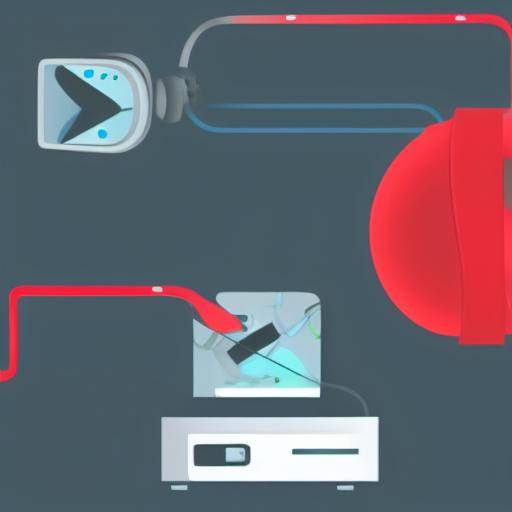
Paraphrase technique is a key listening ability that can boost our communication skills. In this article, we will explore in detail what paraphraseum is, how it relates to active listening and communication skills, and how we can use this technique to improve our daily interactions. Throughout this reading, we will discover how paraphrase can enhance our ability to understand others, establish empathy, and strengthen our interpersonal relationships.
What is the Paraphrasseus?
Paraphraseum is a communication technique that involves reformulating or repeating with our own words the message we just heard. By applying this technique, we show the interlocutor that we understand his message and are committed to the conversation. In addition, the paraphrase allows to clarify the information, promotes empathy by showing genuine interest in the viewpoint of the other, and avoids misunderstandings by confirming the interpretation of the message.
Importance of Active Listening
The active listening encompasses the ability to pay full attention to the words, emotions and gestures of our interlocutor. By practicing active listening, we demonstrate respect, empathy and willingness to understand the other person. This ability is crucial in effective communication, as it allows for meaningful connections, strengthening labour and personal relationships, and resolving conflicts constructively.
Communication Skills and their Link with the Paraphraseum
Communication skills are essential to success in all areas of life. People who dominate these skills can clearly express their ideas, listen carefully, effectively interpret non-verbal signs and adapt to different situations and styles of communication. Paraphraseum is a fundamental tool in developing these skills, as it promotes mutual understanding and fluidity in interactions.
History and Background
The technique of paraphraseum has its roots in ancient Greece, where the art of rhetoric and effective communication was valued. Throughout history, leaders, philosophers and scholars have recognized the importance of active listening and paraphrasing as pillars of human communication. During the twentieth century, the field of psychology and family therapy gave greater relevance to paraphraseum as a therapeutic tool and subsequently extended to other professional fields.
Current Trends and Challenges
At present, the boom in digital communication and globalization have influenced the dynamics of interpersonal communication. While these trends offer new interconnection opportunities, they also pose challenges in the practice of active listening and paraphrasing. Overexposition to technology can hinder concentration, precise interpretation of emotions and empathy in face-to-face interactions. It is therefore essential to adapt these techniques to the changes in the current communicative environment.
Paraphrase benefits in Active Listen
The successful application of paraphraseum in active listening brings multiple benefits. First, it strengthens the interpersonal connection by demonstrating a genuine interest in the interlocutor's point of view. Second, it helps to avoid misunderstandings by confirming that we have correctly understood the message. Third, it promotes empathy by providing the interlocutor with the opportunity to feel heard and understood.
Challenges and Aspects to Consider
Despite its many benefits, paraphraseum can present challenges, especially in contexts of high emotivity or conflictive communication. The misinterpretation of the original message, the lack of sincerity in the adaptation of the paraphrase or excessive repetition may hinder the effectiveness of this technique. Therefore, it is necessary to understand that paraphrase requires attentive listening and a deep understanding of the message to avoid misunderstandings.
Practical Tips to Apply the Paraphraseum
- Listen.: Pay full attention to the conversation, avoiding distractions and showing genuine interest in the message.
- Repetition with Variants: Use synonyms and expressions to paraphrase the message, demonstrating understanding and facilitating clarity.
- Validation of the Message: Ask the interlocutor if you have understood his message accurately, thus confirming the veracity of the paraphrase.
- Empatic Expression: Accompanies paraphraseum with gestures of empathy and understanding to strengthen the emotional connection with the interlocutor.
These practical tips will help you to effectively apply paraphrasing in your daily interactions.
Reflection on Effective Communication
Effective communication is essential in everyday life, in the working environment and in personal relationships. The combination of active listening, paraphrasing and other solid communication skills contributes significantly to mutual understanding, reinforces interpersonal relationships and promotes a harmonious and productive working environment.
Conclusions
Paraphraseum is a powerful tool that forms part of active listening and communication skills. By mastering this technique, we can improve our interpersonal links, avoid misunderstandings and strengthen our ability to understand and understand. The constant practice of paraphrasing, combined with active listening and the application of effective communication skills, can significantly transform our daily interactions.
Incorporating paraphrase into our communication not only opens doors to a deeper understanding of others, but also demonstrates an authentic commitment to improving our interpersonal relationships. By integrating these tools into our daily lives, we can enhance our skills to communicate more effectively and build more authentic and meaningful connections. Start applying the paraphrase today and watch how you transform your interactions positively!
Frequently asked questions
How to practice paraphrase in situations of high emotional or conflict?
Paraphraseum in situations of high emotivity or conflict requires deep active listening and empatic communication. It is essential to demonstrate a genuine interest in understanding the point of view of the interlocutor and avoiding impulsive responses. Emotional validation and the search for joint solutions can contribute to greater effectiveness of paraphrase in these contexts.
Is it possible that the paraphrase generates misunderstandings if done incorrectly?
Yes, the ill-executed paraphrase can generate misunderstandings, especially if a true understanding of the original message is not shown. It is essential to practice paraphrase with sincerity, using appropriate synonyms and expressions that faithfully reflect the original message. Confirmation of the accuracy of the paraphrase with the interlocutor can minimize the risk of misunderstanding.
Is paraphrase useful in conflict resolution?
Yes, paraphrasing can be an effective tool in conflict resolution, as it facilitates clear and empathic communication. By paraphrasing the views of both parties involved in the conflict, mutual understanding can be promoted and the path to collaborative solutions. The practice of paraphraseum in this context can reduce the escalation of conflictivity and promote more constructive communication.
What are the differences between active listening and paraphrasing?
Active listening refers to the ability to pay full attention to the communication of the interlocutor, both verbal and nonverbal, demonstrating empathy and understanding. On the other hand, the paraphrase is to reformulate with our words the message received, thus confirming its understanding. While active listening focuses on attention and empathy, paraphrase focuses on the confirmation and clarification of the message.
How can I improve my ability to effectively paraphrase?
Improvement in the ability to paraphrase requires constant practice and willingness to deeply understand the interlocutor's message. Listen carefully, use synonyms and expressions that faithfully reflect the original message, and confirm the accuracy of paraphraseum are key practices to strengthen this ability. The constructive feedback of the interlocutors can also be of great help in assessing the effectiveness of the paraphrase.
How can paraphraseo impact communication in working environments?
In working environments, paraphrasing can promote clearer, efficient and empathic communication between colleagues, superiors and subordinates. By applying paraphrase, mutual understanding is improved, misunderstandings are avoided in the transmission of information and collaboration and teamwork are strengthened. This technique can also help resolve conflicts and build a more harmonious working environment.
Conclusion
Paraphraseum is much more than a simple communication technique; it is a powerful tool that can transform our interpersonal interactions, improving our ability to understand others, foster empathy and establish more meaningful relationships. By combining paraphraseum with active listening and other communication skills, we become more effective and empathetic communicators.
By mastering the paraphrase technique, we can open new doors to a more authentic communication, both in the personal and professional spheres. The constant commitment to the practice and improvement of paraphraseum will lead us to become better communicators, able to establish deeper connections with others and resolve conflicts more constructively.
Start applying the paraphrase into your daily interactions and watch your way of communicating!
Remember that active listening, paraphrasing, and communication skills are powerful tools that, once dominated, can significantly enrich your life both personally and professionally. It continues to explore, practice and perfect these skills, as opportunities for growth and improvement in the art of communication are never exhausted.
This article has offered a broad perspective on paraphrase, active listening and communication skills, providing practical knowledge, useful advice and meaningful reflections to apply in everyday life.









